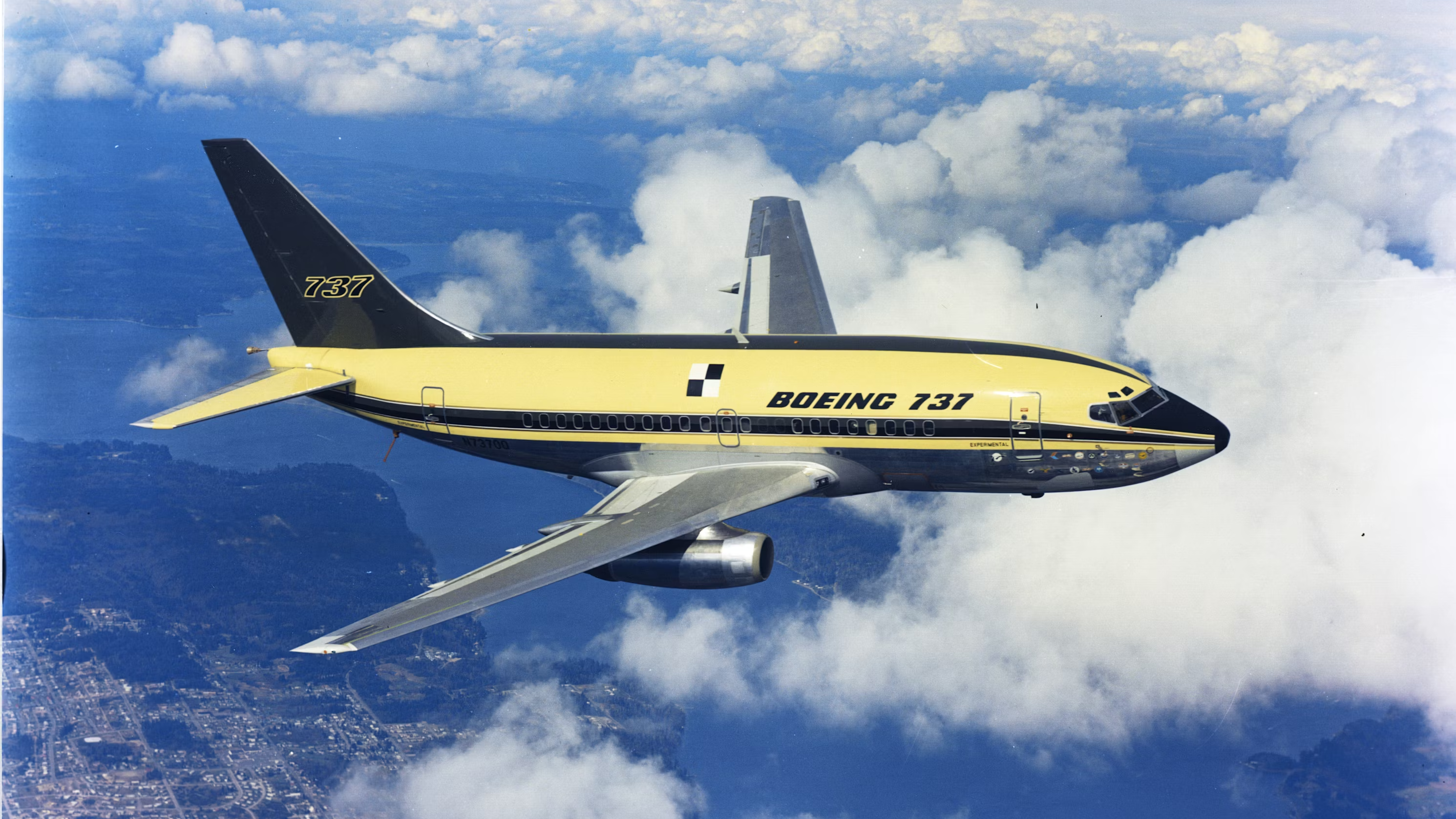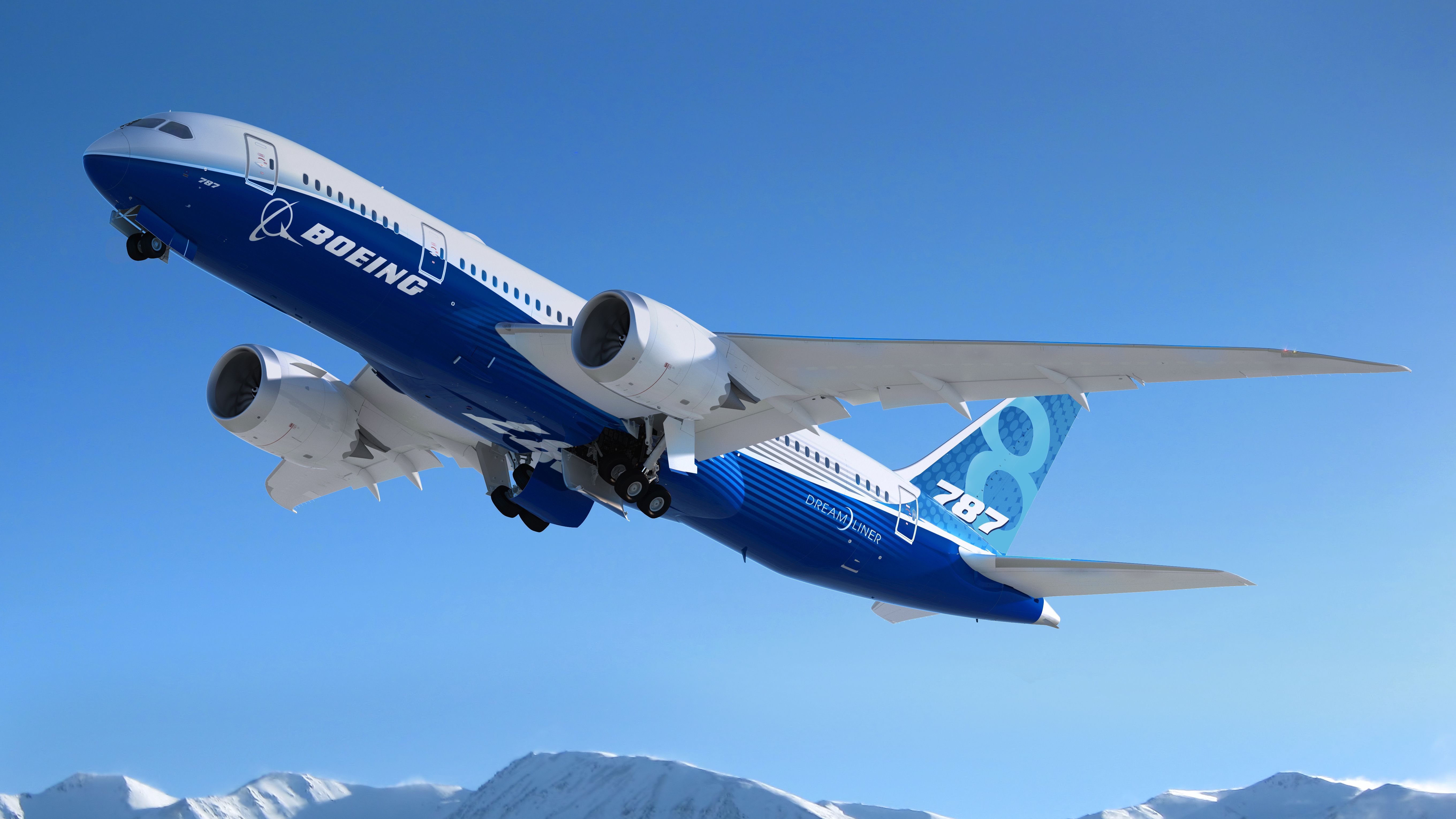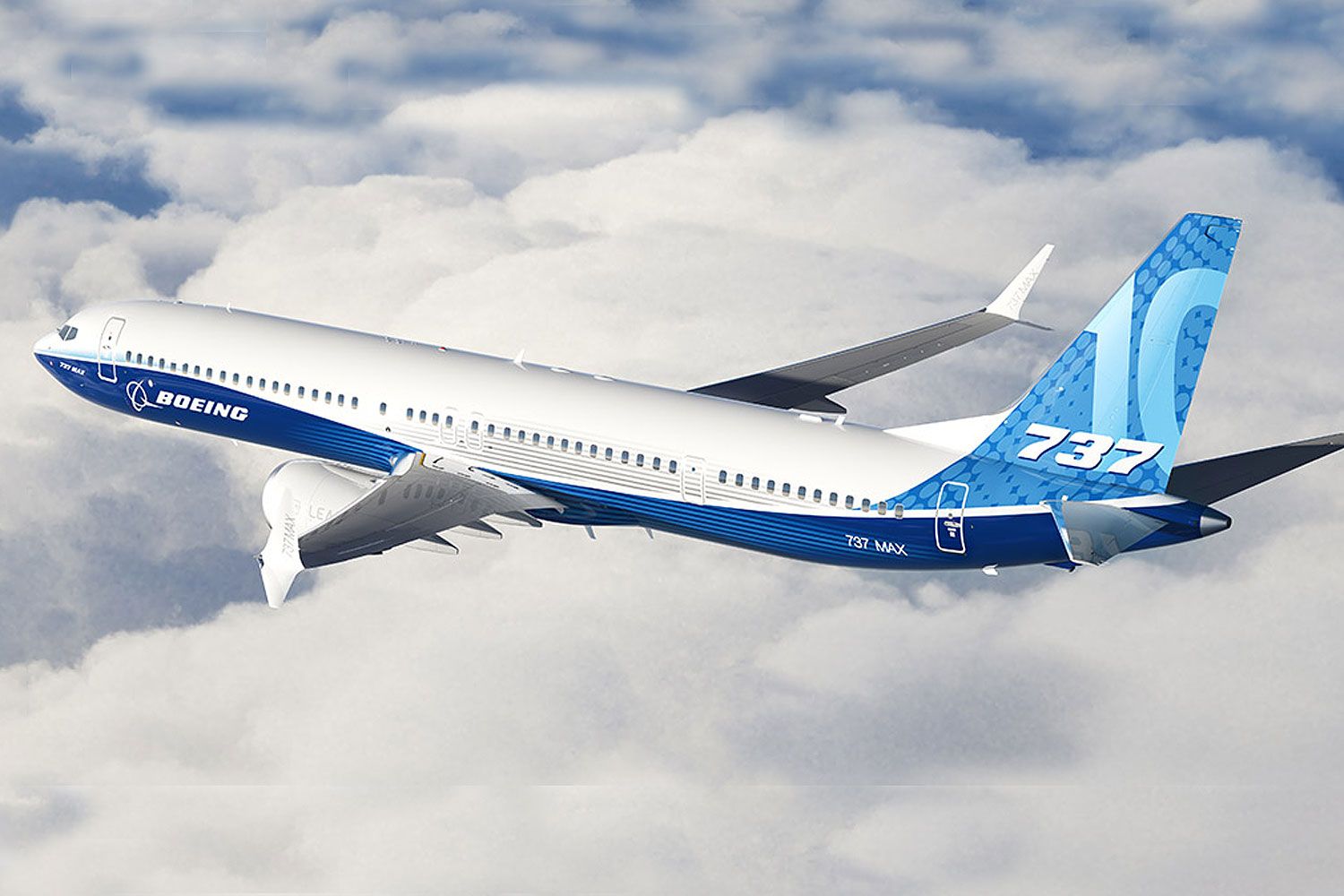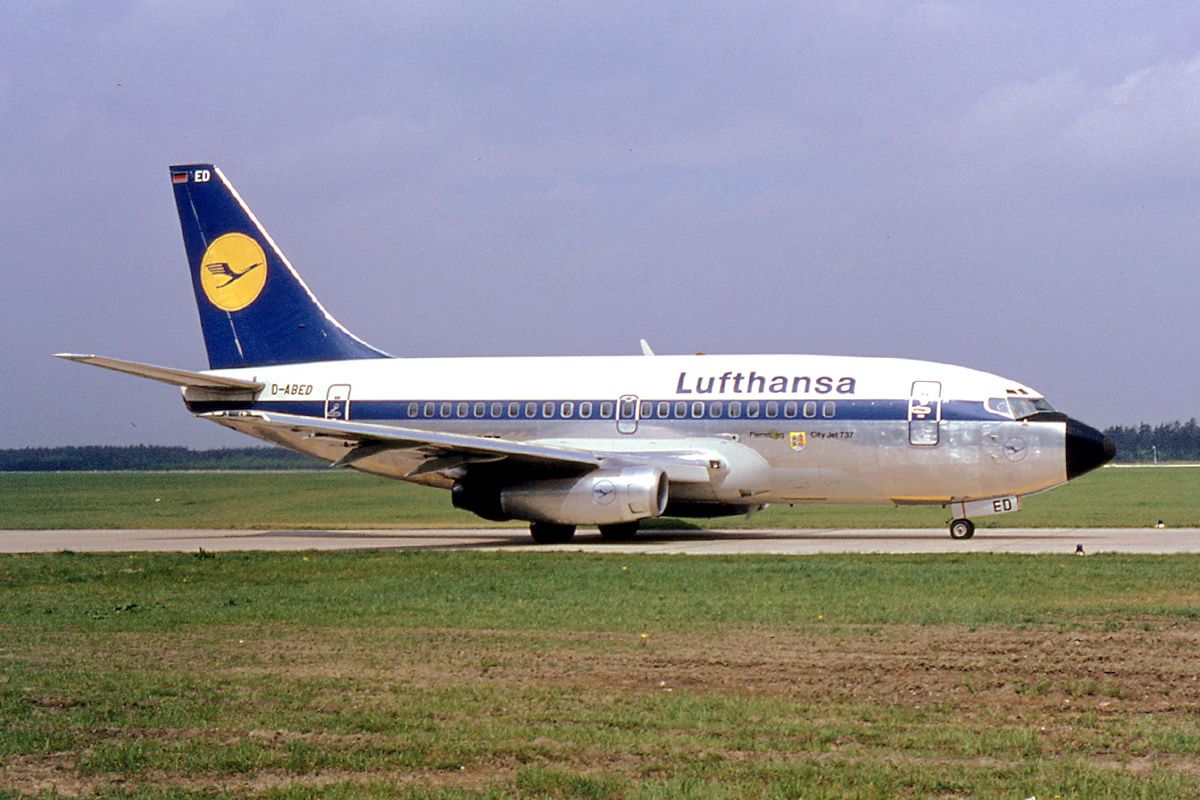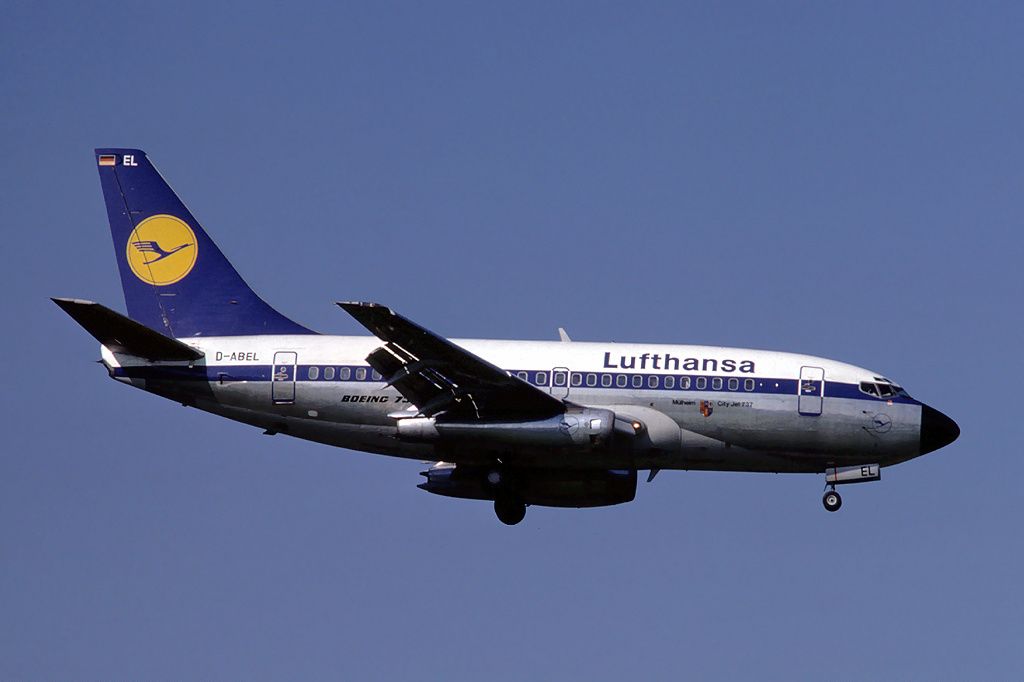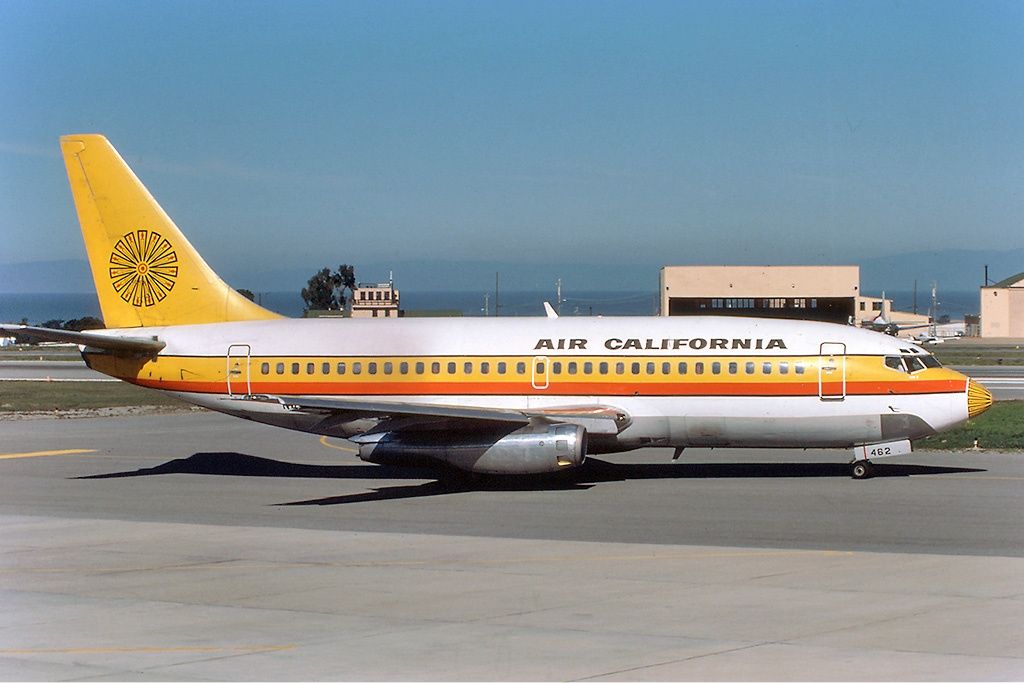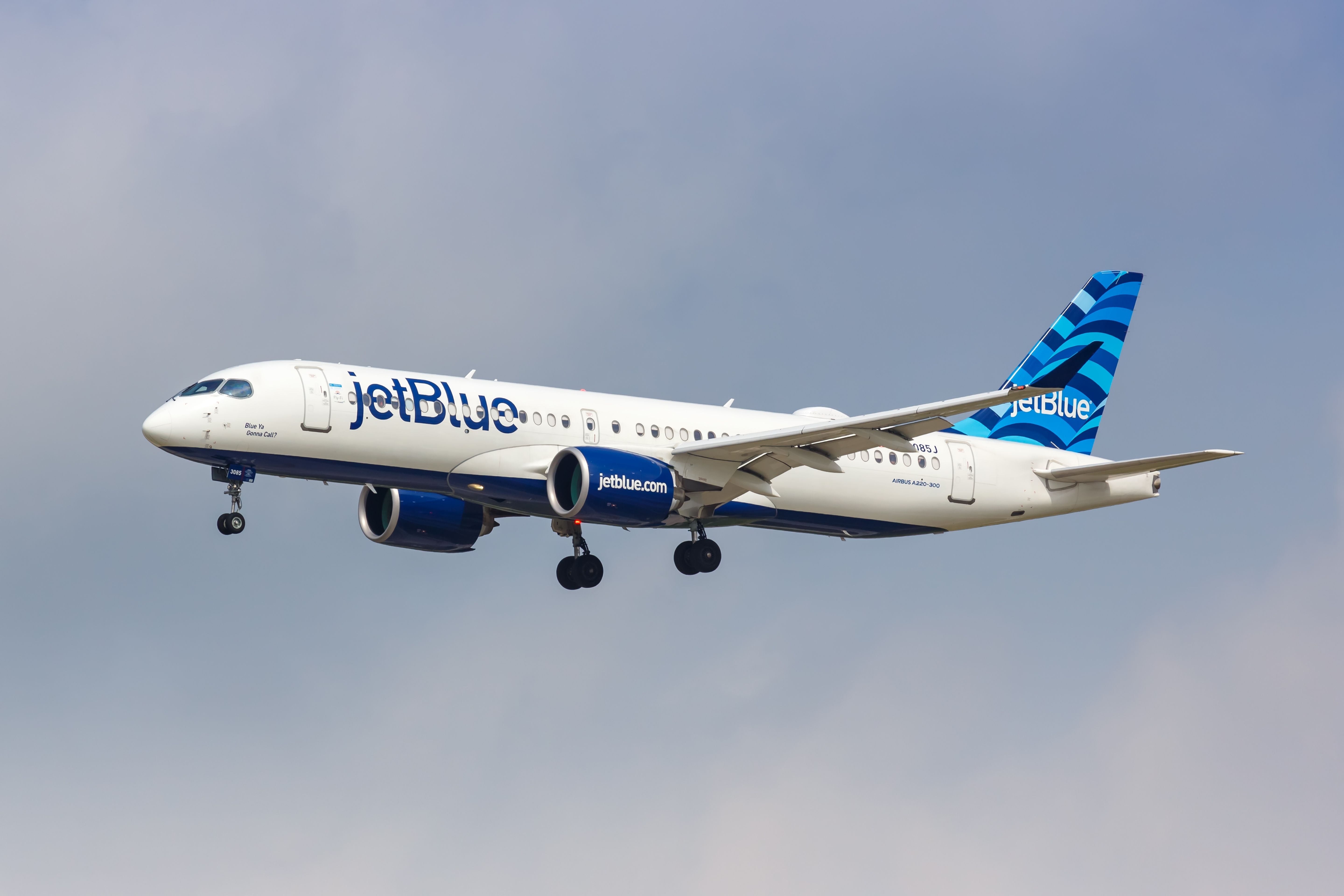Summary
- The original Boeing 737-100 was significantly smaller than its modern counterparts.
- With just 30 built, the 737-100 was quickly succeeded by the larger 737-200.
- Today’s 737 models are larger than the original 737-100, with no return to its size in sight.
As of March, more than 11,700 Boeing 737 family aircraft had been sold. Boeing also holds a healthy order book, with approximately 5,000 aircraft across different variants. How did it all start? While the latest members of the 737 family aircraft, such as the 737 MAX 9 and 737 MAX 10, are large and can accommodate over 200 passengers, the original Boeing 737-100 was significantly smaller than these.
With the newest 737 MAX variants now entering service, it is easy to forget the Original Series aircraft launched in the late 1960s. Of particular note is how small they were compared to the 737s flying today. We go back in history to compare and contrast the original 737 with the new one.
Photo: Boeing
The Boeing 737-100
The Boeing 737 was envisioned in the 1960s as a supplement and eventual replacement to the popular Boeing 727. The first variant, the 737-100, flew in April 1967 and entered service with Lufthansa in February 1968. It brought many advances for Boeing, such as having aircraft powered by just two wing-mounted engines and the six-abreast seating that is common today.
It didn’t bring size, though, as it was just 28.65 meters long, offering a typical two-class capacity of just 85 (maximum exit limit: 124). In context, consider that the shortest 737 MAX jet, the MAX 7, is 35.56 meters long, and the largest 737 MAX 10 (which took its first flight in June 2021) is 43.8 meters long.
One of the smallest jets
|
Boeing 737-100 |
Specifications |
|
|---|---|---|
|
Cockpit crew |
Two |
|
|
2-class seats |
85: 12F 73Y |
|
|
1-class seats |
103@34″ – 118@30″ |
|
|
Exit limit |
124 |
|
|
Length |
94 ft (29 m) |
|
|
Wingspan |
93 ft (28 m) |
|
|
Wing |
979.9 sq ft (91.04 m2), 25° sweep |
|
|
Height |
37 ft (11 m) |
|
|
Width |
Fuselage: 148 inches (3.8 m), Cabin: 139.2 inches (3.54 m) |
|
|
Cargo |
650 cu ft (18 m3) |
|
|
MTOW |
110,000 lb (50,000 kg) |
|
|
OEW |
62,000 lb (28,000 kg) |
|
|
Fuel capacity |
4,720 US gal (17,900 L) |
|
|
Speed |
Mach 0.745 – Mach 0.82 (430–473 kn; 796–876 km/h; 494–544 mph) Cruise—MMO |
|
|
Range |
1,540 NM (2,850 km; 1,770 mi) |
|
|
Ceiling |
37,000 ft (11,300 m) |
|
|
Engines (×2) |
Pratt & Whitney JT8D-7/-9/-15/-17 |
|
|
Thrust (×2) |
14,000 lbf (62 kN) |
|
How did it compare at the time of launch, though? In summary, it was small! The 727 it replaced was a much larger narrowbody—the smallest 727-100 was 40.59 meters long. Of course, it was a three-engine aircraft.
Boeing’s main rival today, Airbus, was far from launching a narrowbody at the time. After all, it only formed in 1970, and started with the widebody A300. Other competing aircraft included the Douglas DC-9 and the BAC One-Eleven. The DC-9 was a slightly larger aircraft. However, the original variants of the BAC One-Eleven were a little smaller than the 737-100, at 28.5 meters long.

Related
The Boeing 737-100 vs Boeing 737 MAX 10 – A Comparison
Upgrading with the 737-200
|
Boeing 737-200 |
Specifications |
|
|---|---|---|
|
Cockpit crew |
Two |
|
|
2-class seats |
102: 14F@38″ 88Y@34″ |
|
|
1-class seats |
115@34″ – 130@30″ |
|
|
Exit limit |
136 |
|
|
Length |
100 ft 2 in (30.53 m) |
|
|
Wingspan |
93 ft (28 m) |
|
|
Wing |
979.9 sq ft (91.04 m2), 25° sweep |
|
|
Height |
37 ft (11 m) |
|
|
Width |
Fuselage: 148 inches (3.8 m), Cabin: 139.2 inches (3.54 m) |
|
|
Cargo |
875 cu ft (24.8 m3) |
|
|
MTOW |
128,100 lb (58,100 kg) |
|
|
OEW |
65,300 lb (29,600 kg) |
|
|
Fuel capacity |
5,970 US gal (22,600 L) |
|
|
Speed |
Mach 0.745 – Mach 0.82 (430–473 kn; 796–876 km/h; 494–544 mph) Cruise—MMO |
|
|
Takeoff |
6,099 ft (1,859 m) |
|
|
Range |
2,600 nmi (4,800 km; 3,000 mi) |
|
|
Ceiling |
37,000 ft (11,300 m) |
|
|
Engines (×2) |
Pratt & Whitney JT8D-7/-9/-15/-17 |
|
|
Thrust (×2) |
14,500–16,400 lbf (64–73 kN) |
|
The 737-100 did not last long. Only 30 aircraft were built, and most saw service with Lufthansa. Early in the 737 program, United Airlines had requested a larger model, which was developed as the 737-200. It stretched the fuselage by almost two meters, taking capacity up to 102. The 737-200 entered service with United in April 1968, and Boeing sold over 1,100 examples.
The airline industry is always full of new developments! What aviation news will you check out next?
The Classic, Next Generation, and 737 MAX series are larger than these 737 Originals. There has never been a return to the size of the 737-100, and none of the competing Airbus A320 families has been as small as the 737-100, either. Indeed, the smallest variant of this series is the A318, which has a length of 31.44 m.
Modern narrowbody aircraft
Looking at the size of the 737-100 raises an interesting point about today’s narrowbodies. Boeing and Airbus narrowbodies have gradually increased in size over the years. However, a market for smaller regional aircraft that offers a capacity similar to smaller, original 737s is proving popular.
Photo: Markus Mainka | Shutterstock
The smallest Embraer E170, for example, is just under one meter longer than the 737-100 and offers a single-class capacity of up to 78. We may see more of this from Boeing and Airbus in the future. Airbus has the A220 (formerly the Bombardier C-Series), and Boeing already had the 717.
During the pandemic downturn in 2020, the A220 was one of the most active aircraft. If the trend for lower capacity point-to-point routes continues post-pandemic, we may see renewed interest in going smaller. The next-generation Embraer E2 series is another example of this trend.
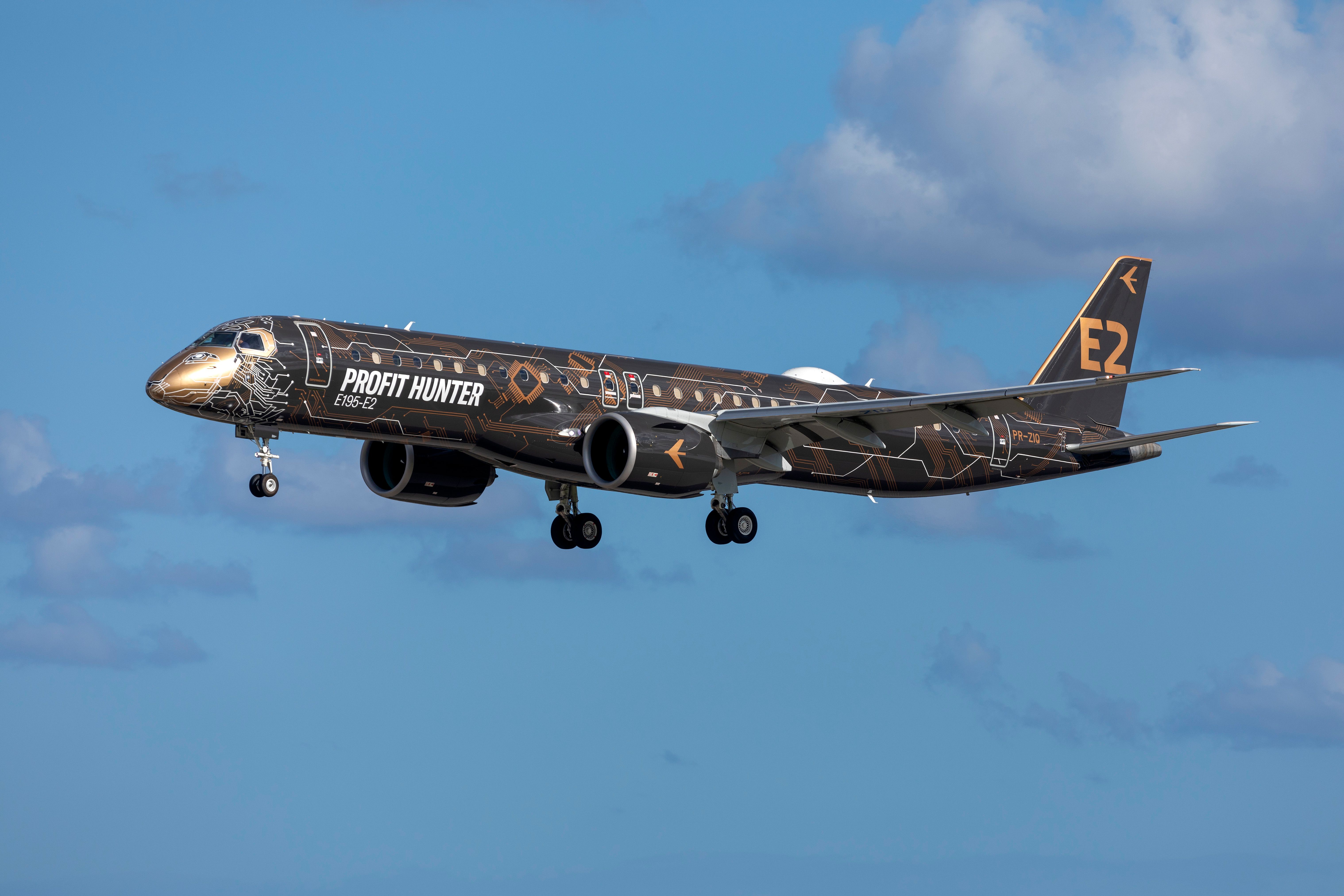
Related
Embraer Posts $1.8 Billion Revenue For Commercial Jets In 2023 As E195-E2 Leads
Ever-growing revenue from commercial aircraft has allowed Embraer to recover to profitability in 2023.
The 737-100 was an important aircraft for Boeing. It introduced its narrowbody series, which remains well in production over 50 years later. Feel free to discuss the aircraft and narrowbody developments further in the comment section.

